Water, Water Everywhere - Looking at Clean, Accessible Water for All People
Introduction | Background Knowledge | Activities | Extensions | Standards
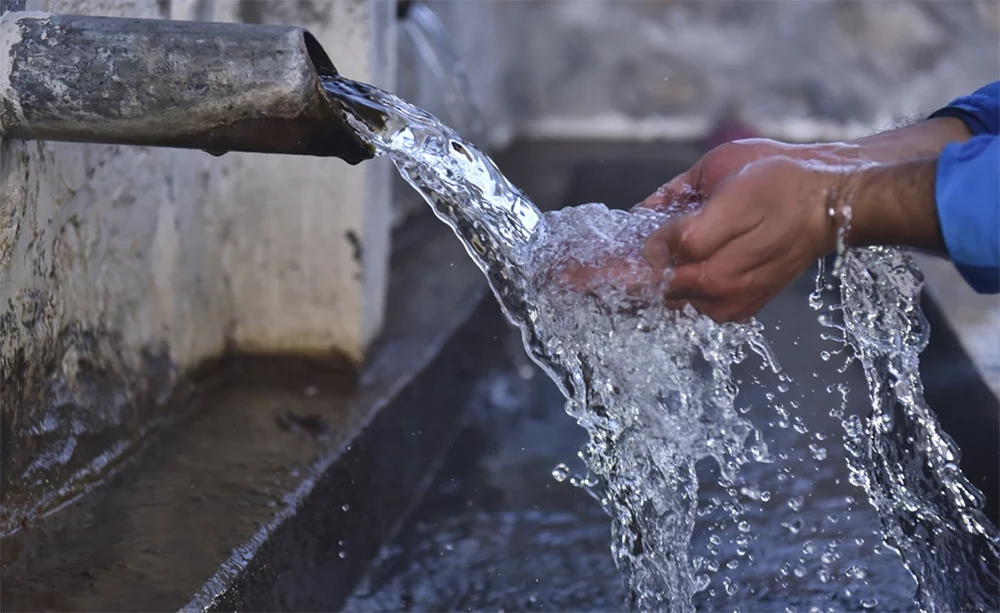
Introduction
About 71% of the Earth's surface is water. However, only about 3% of that water is freshwater, and about 2.6% of that is in ice, leaving about 0.4% of usable water. Keeping this water clean and available is a goal both domestically and internationally.
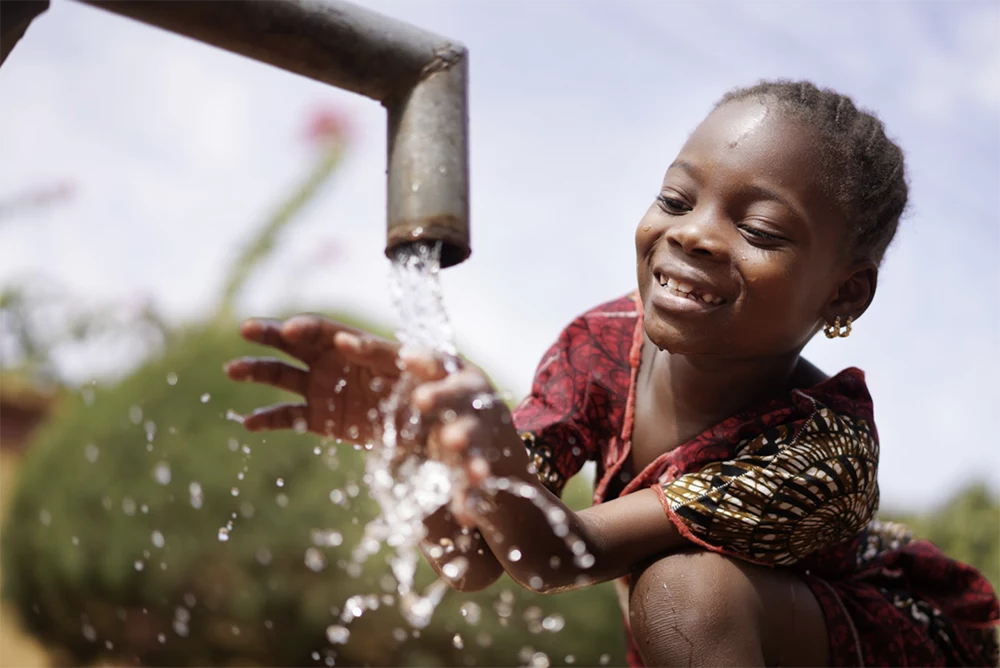
Click the image above to read more about the UN's Sustainable Development Goal #6.
Background Knowledge
The United Nations has acknowledged that access to clean drinking water is a global concern and a global priority. A strategic goal for the UN's Department of Economic and Social Affairs is to "ensure availability and sustainable management of water and sanitation for all." According to the UN, 26% of the world (about 2 billion people) does not have access to safely managed water. One hundred twenty-nine countries are not projected to have safely managed water by 2030. In addition, 2.3 billion people live in places that are considered "water-stressed." This means the demand for water exceeds the availability. Most water-stressed countries are in the Middle East and northern Africa, with Qatar being the most water-stressed country in the world. The UN has identified targets and indicators to help move toward accessible, clean water by 2030. The goal includes a focus on reducing pollution in the world's water. There is also a goal to increase the efficient use of water. The UN also proposes protecting and restoring water-related ecosystems across the globe and implementing resource management and collaboration.
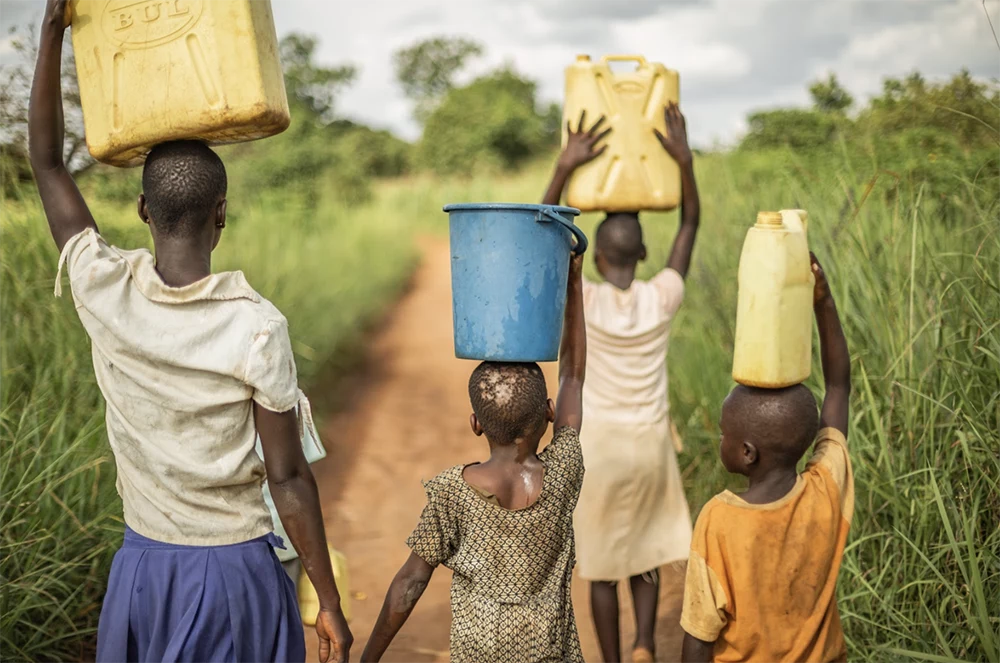
ACTIVITIES
-
UN Target 1 - By 2030, achieve universal and equitable access to safe and affordable drinking water for all.
- Some families worldwide do not have access to water and have to go to a water source and carry the water back to their families. While this is most common in sub-Saharan Africa, many people in the Navajo Nation in New Mexico do not have access to water and have to go to a central well to get water or rely on a monthly 400-gallon delivery.
-
READ
-
A Long Walk to Water by Linda Sue Park (ISBN 9780547577319)
- This book is written as two tandem stories. The first is Salva's story. Set in 1985, Salva is one of Sudan's "Lost Boys." This story alternates with Nya, a girl in 2008 who makes the two-mile walk twice a day to get water for her family. These two stories eventually intersect in a powerful way.
-
The Water Lady: How Darlene Arviso Helps a Thirsty Navajo Nation by Alice B. McGinty (ISBN 9780525645009)
- This is the true story of Darlene Arviso, a woman who delivers water to families of the Navajo Nation.
-
The Water Princess by Susan Verde (ISBN 9780399172588)
- Gie Gie would like the water to be closer. She cannot bring it closer to her home, so she walks to the well each morning to collect water. She carries the heavy pot of water on her head. This book is based on the life of Georgie Badiel, an African-born model.
A Cool Drink of Water by Barbara Kerley (ISBN 9780792254898)
- This simple text is enhanced by photographs of people across the world drinking water.
-
A Long Walk to Water by Linda Sue Park (ISBN 9780547577319)
- WATCH
-
DO
-
Carry jugs of water!
- PBS has an excellent lesson plan for guiding students to explore how challenging it is to carry water.
-
Carry jugs of water!
-
UN Target 3 -By 2030, improve water quality by reducing pollution, eliminating dumping and minimizing release of hazardous chemicals and materials, halving the proportion of untreated wastewater, and substantially increasing recycling and safe reuse globally.
- Safe water is clean water.
-
READ
- We Are the Water Protectors by Carole Lindstrom (ISBN 9781250203557)
- An Ojibwe girl protests the pipeline that is being built on her people's land. This is a response to the Dakota Access Pipeline in North and South Dakota.
-
The Mess the We Made by Michelle Lord (ISBN 978-1947277144)
- This cumulative tale leads readers through the effects of ocean pollution. The illustrations complement the text beautifully!
-
The Lorax by Dr. Seuss (ISBN 9780394823379)
- The Lorax teaches students to take care of the Earth.
-
Poisoned Rivers and Lakes by Ellen Lawrence (ISBN 9781627241052)
- This nonfiction book discusses the impact of pollution on rivers and lakes.
- WATCH
-
DO
- Simulate an oil spill. Students follow the inquiry process to try and clean the oil off the feathers. This activity can lead to a class discussion or writing activity.
- Water plants with acid rain. Students use water as a control on one plant and then water two other plants with lemon juice and vinegar to see the effect of acid on plants.
- Play Hide and Seek with Pollution. Students use their senses to try and detect water pollution.
- Lead the students through the Like Oil and Water Activity. Students make mixtures of different materials and discuss what they observe.
- The Mount Pleasant, South Carolina Recreations Center has many activities for teachers to try with students.
- Learn How to Clean Water by making and testing a water filter. Find more ideas at the Clean Water Experiment for Kids. Students can make predictions about what filters the water the best and why.
- Learn more from TeachEngineering at the University of Colorado Boulder.
- Play The Watershed Game
-
UN Target 4 -By 2030, substantially increase water-use efficiency across all sectors and ensure sustainable withdrawals and supply of freshwater to address water scarcity and substantially reduce the number of people suffering from water scarcity.
-
READ
-
Why Should I Save Water? by Jen Green (ISBN 9780764131578)
-
Save Water Every Day by Mari Schuh (ISBN 9781622432042)
- This nonfiction book shares ways to save water.
-
Why Should I Save Water? by Jen Green (ISBN 9780764131578)
- WATCH
-
DO
- Use this discussion guide from World Vision to talk to students about global water scarcity.
-
READ
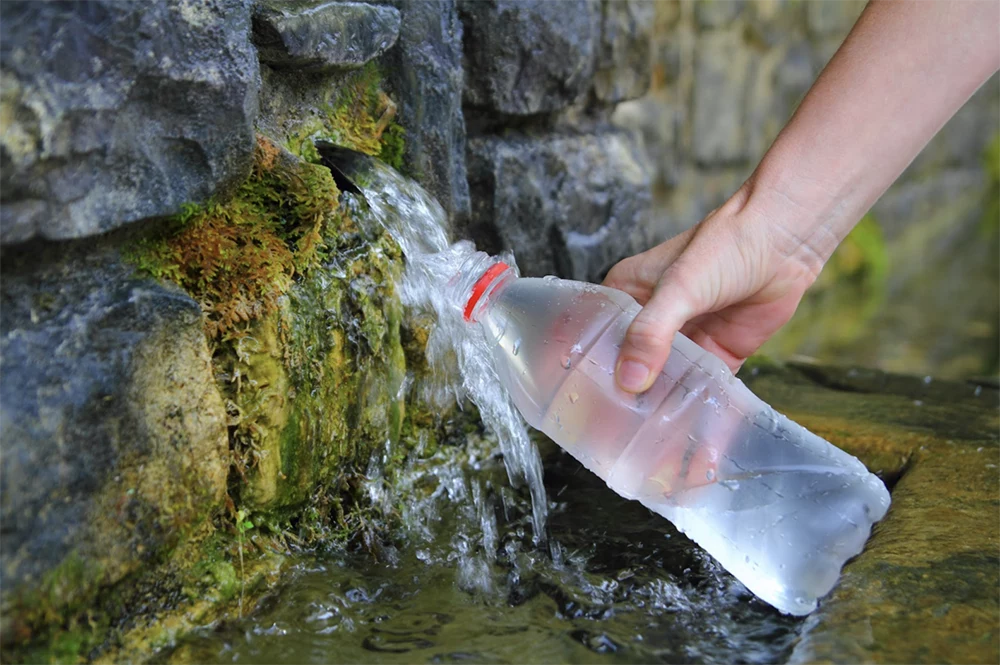
EXTENSIONS
Community Outreach
- Consider ways to help provide clean water around the world. Hold a fundraiser and give a donation to your favorite clean water charity. One great fundraiser would be to host a 6K Run/Walk. For women in developing countries who have to walk for water, the average distance is 6 kilometers or 3.5 miles. Map out a 3.5-mile loop around your school or community and invite families to donate a small amount to run or walk the course. They can experience the 6-kilometer distance and raise money to help others.
Help Save the Earth
- Look around the community to see how you can keep waterways clean. Look into World Cleanup Day. If you live near a waterway, look to see if there is a local clean- up day. Do a litter pick-up around your school building to help keep trash from getting into waterways.
- Check out Citizen Science projects from National Geographic. World Monitoring Day and Chesapeake Bay Cleanup are included to address UN Goal 6, but there are other ideas to help save the Earth.
Participate in World Water Day
- March 22 is World Water Day! This United Nations initiative, started in 1993, tries to raise awareness of UN Goal #6 and celebrate water! Learn more and get involved here!
- In conjunction with World Water Day, sign up to monitor a local water source with the Earth Echo Water Challenge (TeachersFirst review). The challenge kicks off on World Water Day yearly and runs through December. Classroom water testing kits are available for purchase. There is also an application to apply for a sponsored kit!
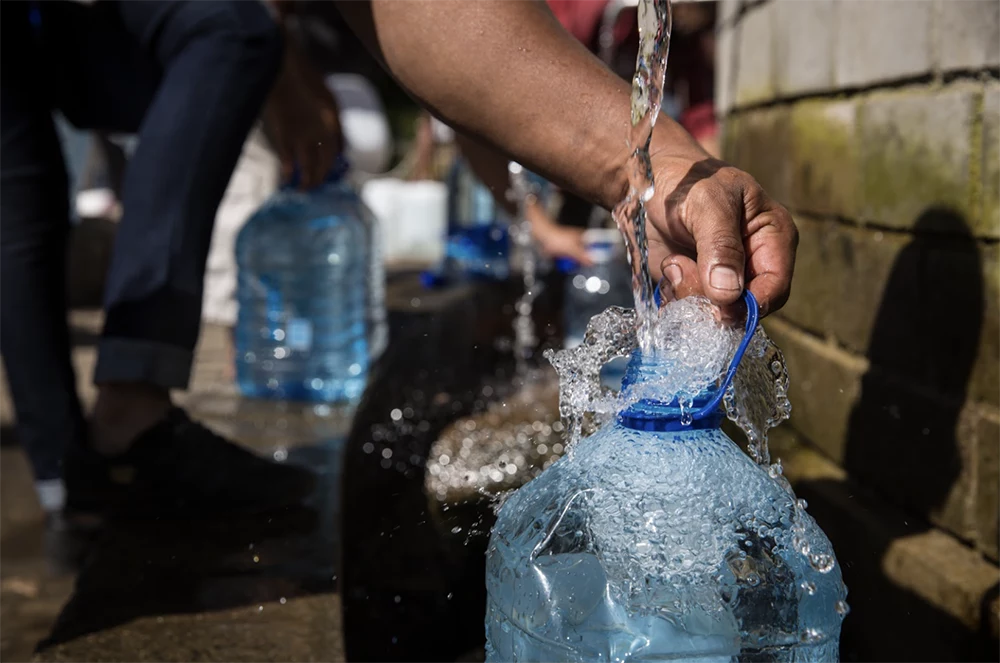
CORRELATION TO STANDARDS
-
AASL National School Library Standards
- Inquire Shared Foundation, Think Domain - Learners display curiosity and initiative by: 1. Formulating questions about a personal interest or a curricular topic. 2. Recalling prior and background knowledge as context for new meaning.
- Inquire Shared Foundation, Create Domain - Learners engage with new knowledge by following a process that includes: 1. Using evidence to investigate questions. 3. Generating products that illustrate learning.
- Inquire Shared Foundation, Grow Domain - Learners participate in an ongoing inquiry-based process by: 1. Continually seeking knowledge. 3. Enacting new understanding through real-world connections.
- Include Shared Foundation, Create Domain - Learners adjust their awareness of the global learning community by: 2. Evaluating a variety of perspectives during learning activities.
- Include Shared Foundation, Grow Domain - Learners demonstrate empathy and equity in knowledge building within the global learning community by: 2. Demonstrating interest in other perspectives during learning activities.
- Curate Shared Foundation, Create Domain - Learners gather information appropriate to the task by: 2. Collecting information representing diverse perspectives.
- Explore Shared Foundation, Think Domain - Learners develop and satisfy personal curiosity by: 1. Reading widely and deeply in multiple formats and write and create for a variety of purposes. 2. Reflecting and questioning assumptions and possible misconceptions.
- Explore Shared Foundation, Share Domain - Learners engage with the learning community by: 1. Expressing curiosity about a topic of personal interest or curricular relevance.
-
ISTE Standards for Students
- Knowledge Constructor - 3d. Students build knowledge by actively exploring real-world issues and problems, developing ideas and theories and pursuing answers and solutions.
